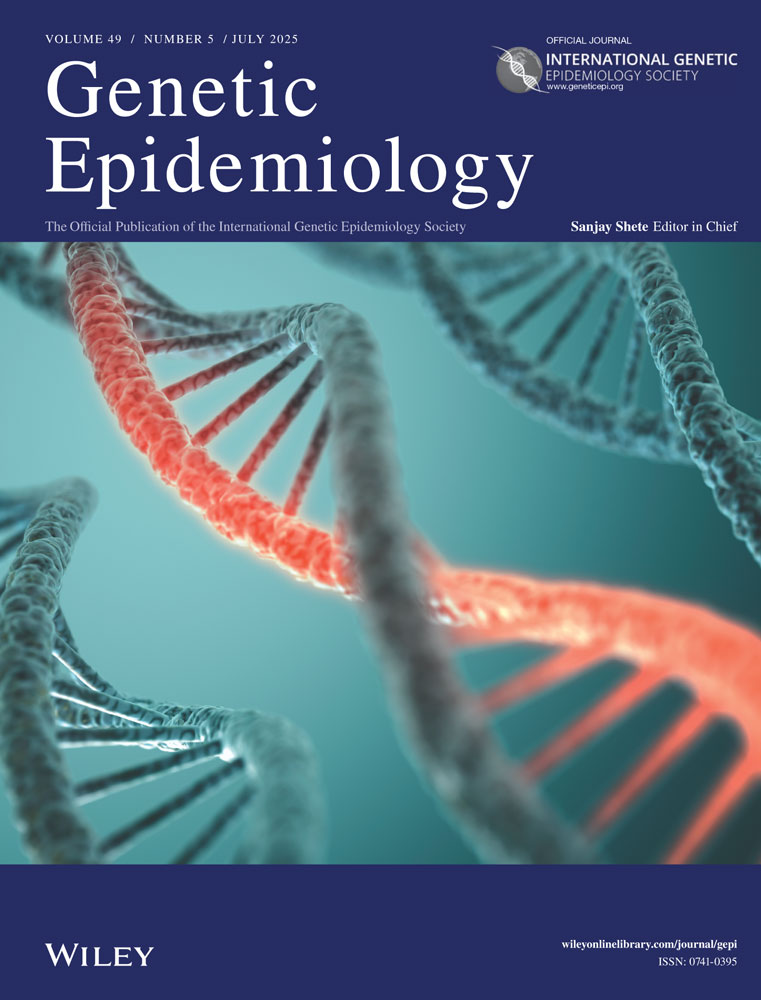A comparison of univariate and multivariate tests for genetic linkage
Abstract
A variety of robust and model-dependent genetic linkage methods were applied to log transformed lipid levels from a large pedigree in which the LDL receptor defect has been shown to segregate by molecular biologic techniques. Application of the Haseman-Elston and a variance-components based test for linkage identified LDL and cholesterol as cosegregating with the marker C3, which is genetically linked to the LDL receptor defect. Consideration of lipid fractions as a multivariate response identified (0.723 × cholesterol) - (0.551 × triglycerides) as most strongly supporting evidence for linkage with C3. Subsequent segregation and linkage analyses provided support for an autosomal dominant major gene influencing either LDL or the function of cholesterol and triglycerides. Genetic linkage to LDL was only mildly supported, with a maximum lod score of 0.51 at a recombination fraction of θ = 0.33. Genetic linkage of the linear function to C3 was more strongly supported, with a maximum lod score of 1.69 at θ = 0.09. Bivariate analysis of clinical affection (with either type IIa or type IIb hyperlipidemia) and quantitative measures (LDL or the linear function) generally led to decreased lod scores, indicating, in this pedigree, loss of information when using clinical affection. © 1993 Wiley-Liss, Inc.




